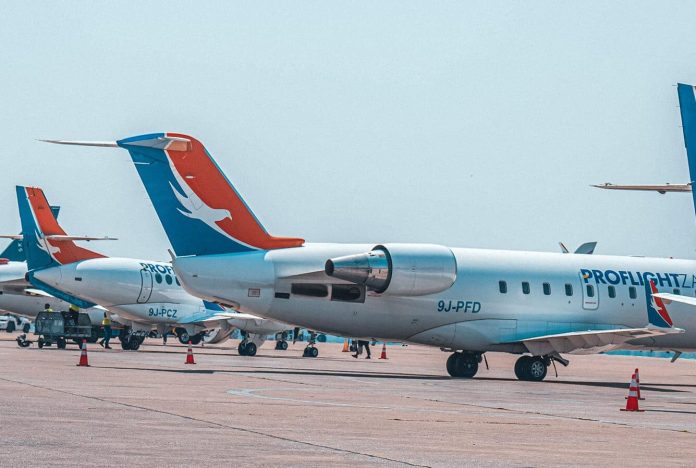Zambia is taking bold steps to enhance its role in regional air connectivity, positioning itself as a central hub within southern Africa’s aviation landscape. At the recent Land-Linked Zambia Summit, aviation stakeholders, including the Zambia Civil Aviation Authority (ZCAA), the Ministry of Transport and Logistics, and Proflight Zambia, gathered to explore ways to strengthen the country’s aviation infrastructure and network. The summit highlighted Zambia’s ambitions to become a key transit point that complements established hubs like OR Tambo International in South Africa, Bole International in Ethiopia, Jomo Kenyatta International in Kenya, and Kigali International Airport in Rwanda.
Zambia’s geographic advantage lies in its central location, bordering eight countries. This unique positioning offers a strategic opportunity to serve as a connector between southern African nations and destinations further north or east. Proflight Zambia, the country’s leading airline, has taken an active role in this vision. Vincent Banda, Proflight’s Director of Ground Operations, Cargo, and Catering, emphasized the airline’s commitment to expanding Zambia’s reach. “Proflight Zambia continues to keenly promote Zambia as a hub with the network we currently have and are still developing,” he said during the summit.
However, the country faces several challenges, particularly around high operational costs. Excessive airport taxes and handling fees were flagged as major obstacles to competitiveness. Banda pointed out that the region’s ticket taxes and handling charges are among the highest, impacting local airlines’ ability to offer competitive pricing. He called for a comprehensive review to ease this burden and attract more carriers to operate in and through Zambia.
Financial data presented at the summit also revealed an over-reliance on aeronautical services, which currently account for 87% of Zambia’s airport revenue. In contrast, international best practices suggest that airports should derive at least 40% of their revenue from non-aeronautical sources, such as retail, parking, and other services. This imbalance not only limits revenue diversification but also drives up airline costs, which are ultimately passed on to passengers.
There are already initiatives in place to enhance the regulatory and infrastructure systems. Zambia recently outperformed the regional average in the International Civil Aviation Organization’s (ICAO) Safety Audit, earning a 72.94% successful implementation rating that increased trust in its aviation standards. The nation’s reputation among foreign businessmen and tourists is also anticipated to be significantly improved by an impending security audit.
Proflight currently offers flights connecting Cape Town with Livingstone and Lusaka with Johannesburg, establishing the groundwork for further regional integration. The Energy Regulation Board (ERB) and the Ministry of Transport and Logistics are also now debating aviation fuel prices, which are a major source of expenses for regional carriers. The goal of these reforms is to establish a more competitive and seamless continental aviation market as part of larger objectives that are in line with the African Continental Free Trade Agreement (AfCFTA).
For South African travelers and businesses, Zambia’s growing connectivity offers new travel alternatives and potentially reduced journey times. As Zambia continues its push toward becoming a regional aviation hub, it may play a crucial role in reshaping southern Africa’s air travel network, offering resilience, flexibility, and economic benefits across the region.



